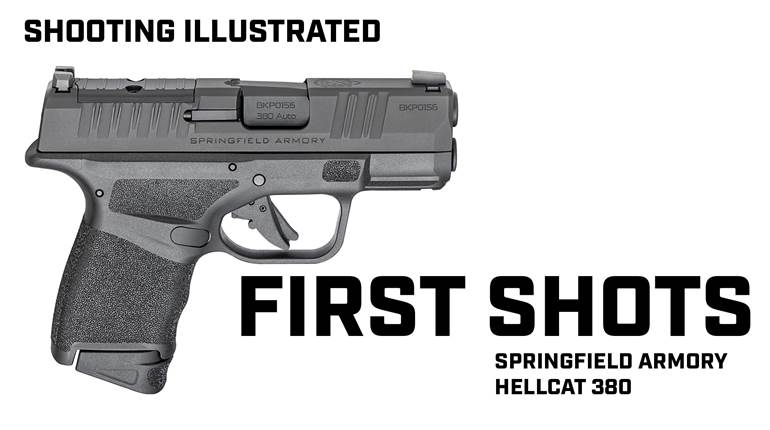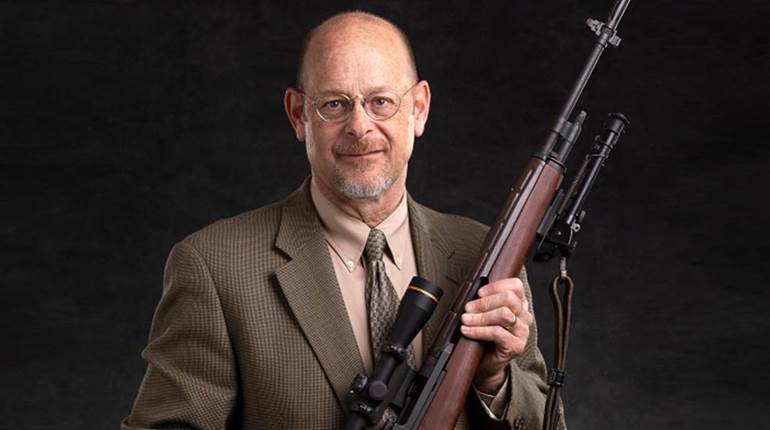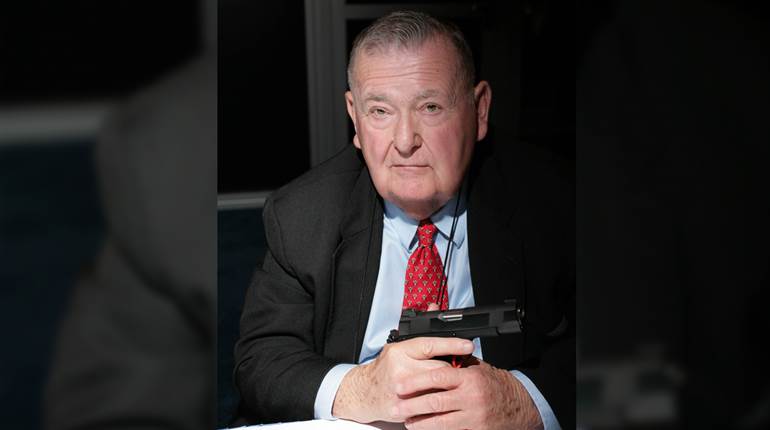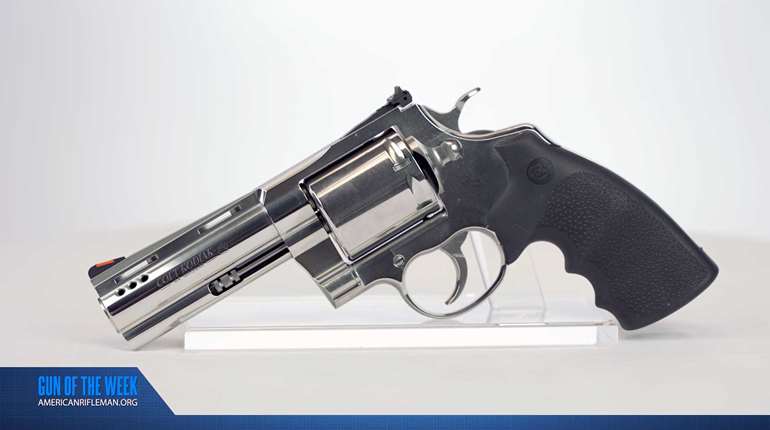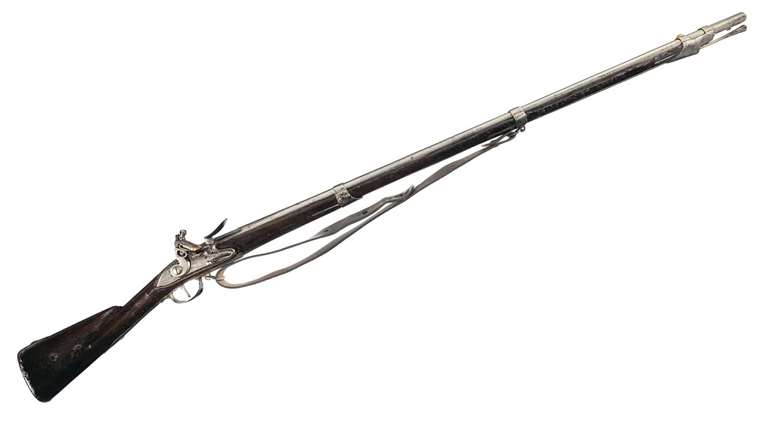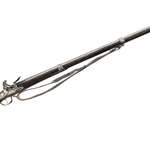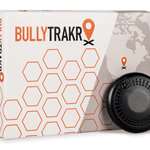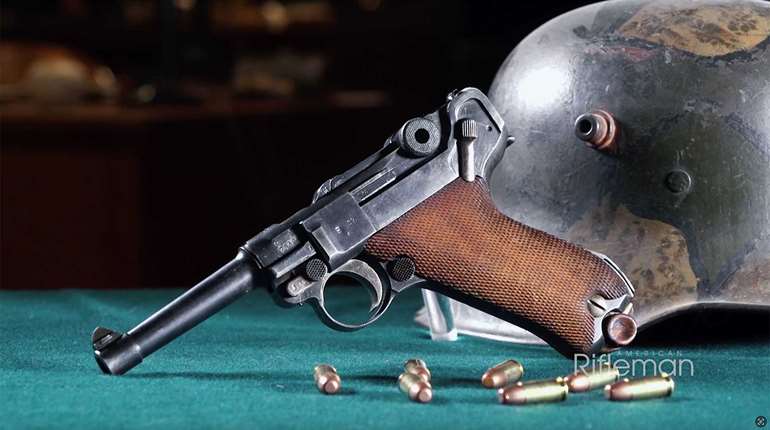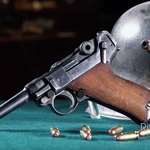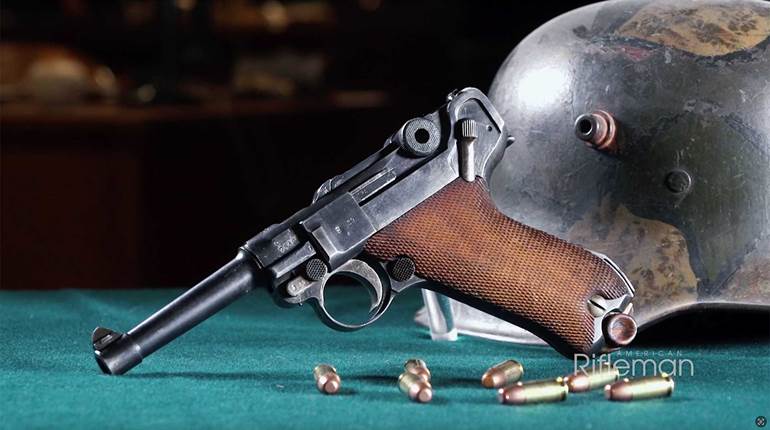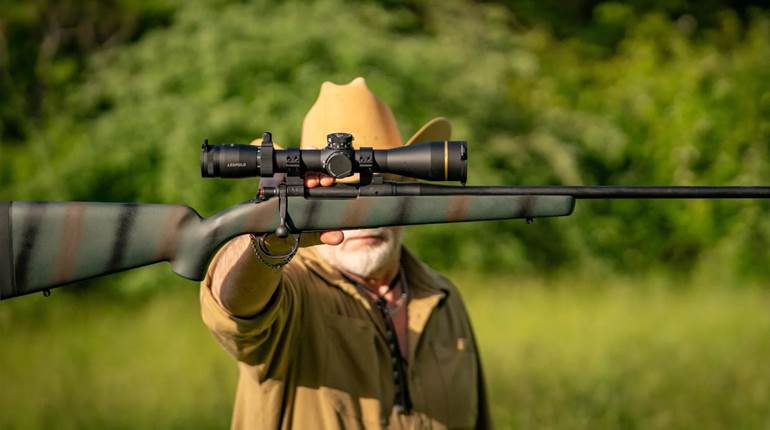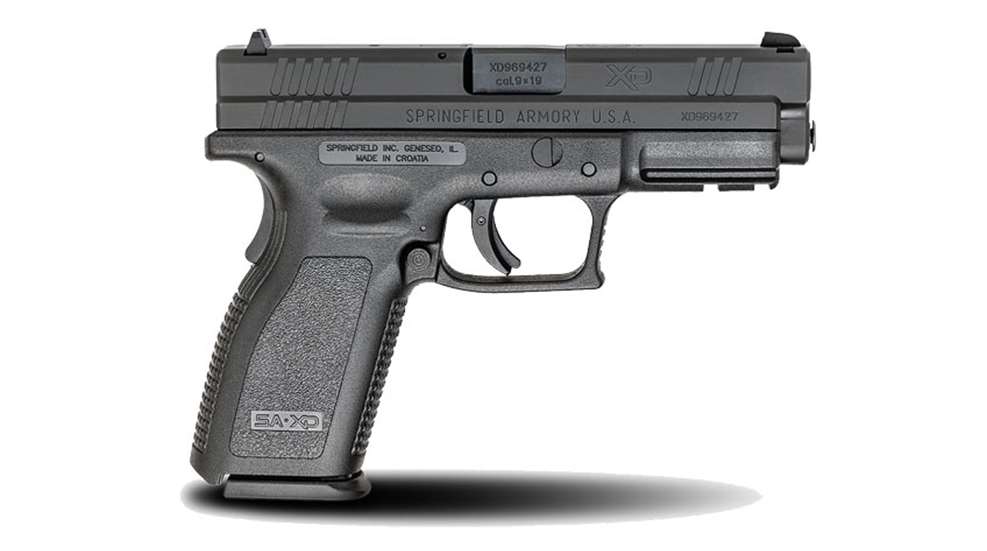
A wise man once observed that the only constant is change, so what happened in the handgun world was predictable. At the beginning of the 21st century, revolvers were no longer used as primary service pistols for police, the U.S. military was 15 years into the service life of a high-capacity 9 mm, and the use of synthetic materials in handguns was a reality. Plainly stated, everything changed. It was somewhere in those 10 years that I overheard a young shooter at a gun store counter solemnly advising his compatriot to avoid buying one of those “old-fashioned” pistols with a metal receiver. He wasn't real sure why they were bad, but they were. Sic transit gloria mundi.
Yeah, this sad state of affairs does tend to get this seasoned old pistolero all bent out of shape, and I must admit it. I am at least uncomfortable with the demise of the wheel gun and the Wondernine in the ascendancy, but I've been writing about handguns for many years on the basis of firm objectivity. In this series, I have to report on my favorite gun out of a field of guns I might not personally choose in the first place. But what happened in the world of handguns during the first decade of the 21st century was one of the most significant advancements in the history of firearms. For the first time, shooters could choose handguns with a major portion of their structure made of synthetic material. In plain language, we had plastic pistols. 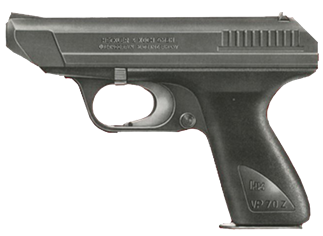
Actually, this situation began in the mid-80s with the spectacular Glock series of pistols from Austria. An earlier gun—the VP70—from Heckler and Koch of Germany (shown right) made extensive use of polymer—formed around a sheet steel skeleton—for the gun's receiver. It was an innovation, but the Glock went well beyond. If ever there was a trend-setting handgun greater than this Austrian import, I guess it would have to be the Paterson Colt. By the beginning of the 2000s, a number of other designers were building recoil-operated pistols in typical pistol calibers and with high-capacity magazines. This concept was driven largely by the escalating costs of making a pistol receiver from steel or a lighter metal alloy. There were also advantages to shaping an object to fit the human hand by injecting polymer into a mold. It is relatively easy and quick to produce complex curves, depressions, ledges, etc. This aspect of the polymer pistol just doesn't seem to be fully appreciated, even by those who promote the type.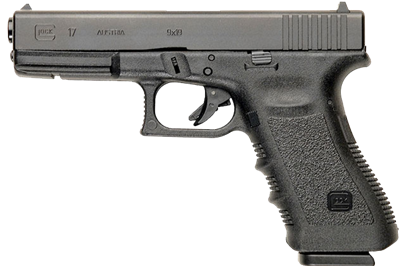
Ten years into the 21st, every major maker of service autos offers a polymer semi-automatic pistol with a high capacity magazine (at least 15 rounds), some form of DAO-like trigger and ergonomics like never before. They are standing up to the rigors of police service and are available in any sensible caliber you might want. The many variations of the Glock pretty well dominate, but we also have Smith & Wesson, Beretta, HK, Ruger, FNH, Taurus, SIG Sauer and probably others. The polymer pistol (most commonly in the century-old 9 mm Parabellum caliber) is today's service gun and probably will continue to be the gun of the immediate future. Sure, almost all of the major makers continue to build those “old-fashioned” metal guns, because a significantly sizable portion of the market still buys them. The day will come when the metal guns will disappear from the industry's catalogs. I will not speculate as to when it will happen, but it will. Selecting a favorite gun of the 2000s almost has to be a matter of choosing a polymer one. That is the major event in the world of handgunning for the decade.
For me, ergonomics have always been a big factor in choosing a handgun. This is largely a subjective matter and I suspect that I am not alone in choosing what's right for me by what feels good to me. I would advise other shooters to try any prospective purchase on the range with serious ammo before making a final decision. There were many new types and models of polymer pistols on dealer's shelves in the 2000s. There were even a couple of new calibers—.357 SIG and .45 GAP.
In the course of preparing individual reports or comparative surveys, I looked at the range of polymer-receiver pistols in those times. Not a single one was a really bad gun and they all would serve as a sound service pistol. All worked reliably and the accuracy varied (but not much) from one make to the next. So choosing one from the group was a matter of a hard-to-define quality called shootability. In plain language, it was a matter of how well you liked a particular pistol's handling.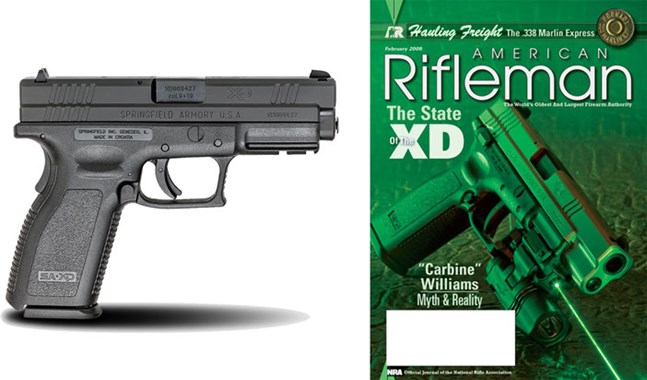
I liked Springfield Armory's XD. I well remember the 2001 SHOT Show when this innovative pistol was introduced with modest fanfare. It was then called the HS2000, was built in an ultra-modern plant in Croatia and was instantly attractive to importers. In very short order, the astute decision-makers at Springfield Armory in Geneseo, Ill., negotiated for the rights to import the gun to America. It was renamed the XD. While this was initially a full-sized, 15+1 9 mm with an a easy-to-manage trigger, it has grown into an entire family.
Originally a striker-fired pistol with a sensible but uncommon grip safety, the XD system has multiple variants in size, capacity and many other features. They have proven to be both accurate and reliable recoil-operated semi-automatics that fulfill just about any pistol roles. I choose the gun over others of the breed on the basis of handling. It was my favorite of the 2000s.
Additional Reading:
By the Decade: Wiley Clapp's Favorite Handgun—The 1960s
By the Decade: Wiley Clapp's Favorite Handgun—The 1970s
By the Decade: Wiley Clapp's Favorite Handgun—The 1980s
By the Decade: Wiley Clapp's Favorite Handgun—The 1990s













